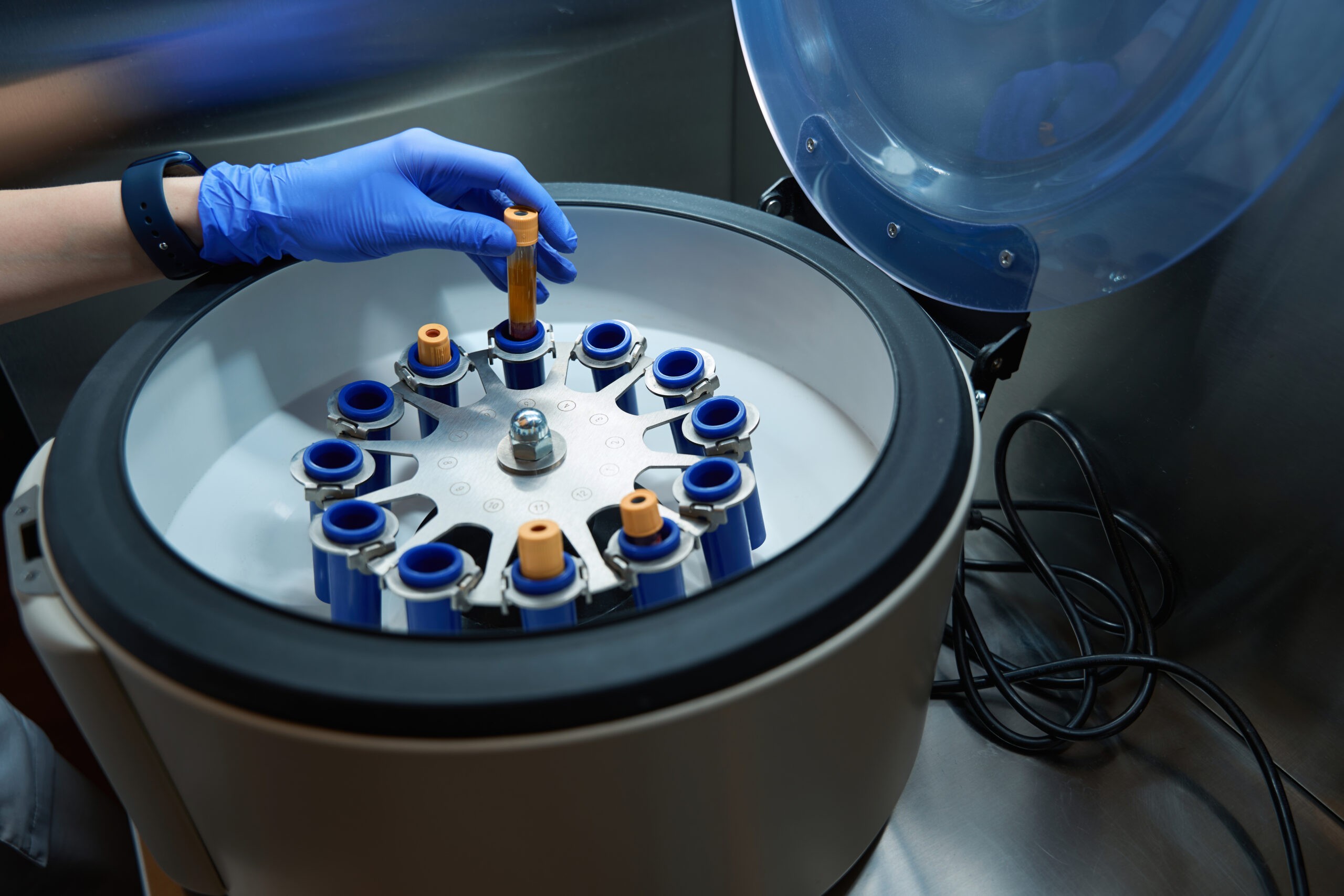
Introduction
Regenerative medicine has revolutionized skincare and hair restoration. Among the most discussed treatments are Platelet-Rich Plasma (PRP) and Platelet-Derived Exosomes. While both leverage the body's natural healing potential, they function in distinct ways. Understanding these differences is crucial for selecting the most suitable treatment for your needs.
What Is Platelet-Rich Plasma (PRP)?
PRP is a concentrated solution of platelets derived from a patient’s own blood. Blood is drawn, processed in a centrifuge to separate the plasma, and then reinjected into the treatment area. Platelets contain growth factors that stimulate collagen production, tissue repair, and cellular regeneration.
How PRP Works
- Blood Draw – A small sample of blood is taken from the patient.
- Centrifugation – The blood is spun in a centrifuge to isolate the plasma containing platelets.
- Application – PRP is injected into the skin, scalp, or joints, depending on the treatment goal.
PRP is widely used in skincare for anti-aging treatments, acne scar healing, and hair restoration. By boosting collagen and elastin production, it improves skin texture and accelerates wound healing.
What Are Platelet-Derived Exosomes?
Exosomes are tiny extracellular vesicles that function as cellular messengers. Unlike PRP, which contains whole platelets, exosomes carry signaling molecules, proteins, and RNA to regulate cell behavior. Platelet-derived exosomes are collected from carefully screened donors instead of using the patient’s own blood.
How Exosomes Function
- Derived from Platelets – Platelet cells release exosomes rich in bioactive compounds.
- Purification Process – Exosomes are isolated and purified to maximize regenerative properties.
- Application – Delivered through microneedling, topical application, or injection to enhance skin and hair rejuvenation.
Exosome therapy is gaining popularity as a potent alternative to PRP due to its ability to promote healing without requiring a blood draw.
PRP vs. Exosomes: Key Differences
| Feature | PRP | Platelet-Derived Exosomes |
|---|---|---|
| Source | Patient’s own blood | Donor-derived platelets |
| Composition | Whole platelets with growth factors | Extracellular vesicles with proteins & RNA |
| Delivery | Injection-based treatment | Absorbed via microneedling or injection |
| Effectiveness | Stimulates collagen over time | More potent with faster cellular signaling |
| Downtime | Mild redness/swelling | Minimal downtime |
Which Treatment Is Right for You?
Choose PRP If:
- You prefer treatments derived exclusively from your own body.
- You want a well-established procedure proven for wound healing and hair growth.
- You are willing to undergo multiple sessions for optimal results.
Choose Exosomes If:
- You want powerful regenerative effects without drawing blood.
- You’re interested in cutting-edge technology for advanced skin and hair restoration.
- You seek faster results with minimal maintenance sessions.
The Future of Regenerative Medicine
Both PRP and platelet-derived exosomes showcase the power of regenerative medicine, but exosomes may represent the next leap in healing technology. Their ability to communicate directly with cells enhances efficiency, making them an exciting frontier in aesthetics and dermatology.
Conclusion: Book Your Consultation Today!
Still unsure whether PRP or exosomes are right for you? Our experts can guide you based on your unique skin and hair restoration needs. Book a consultation today and discover how regenerative medicine can transform your appearance with cutting-edge treatments!

